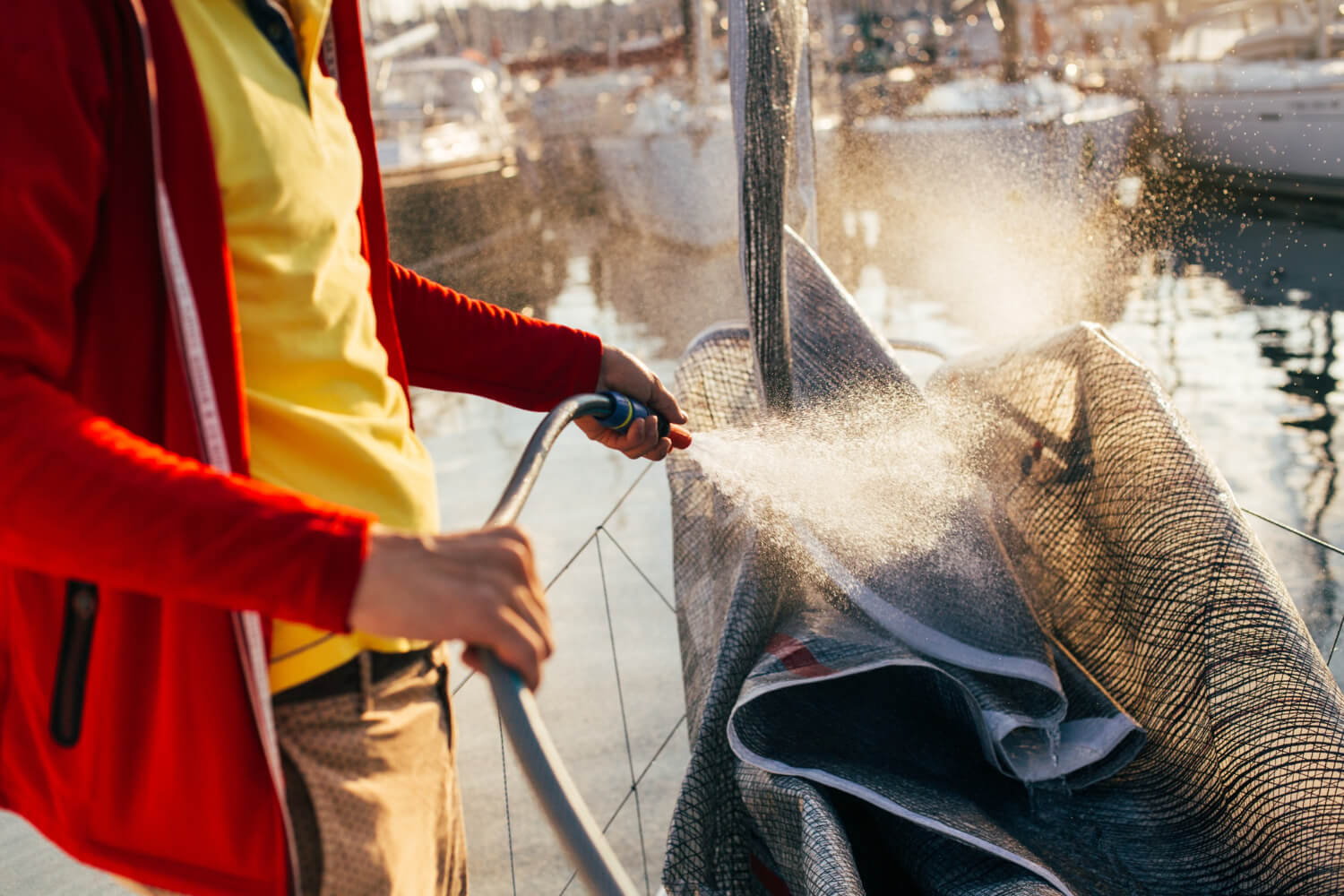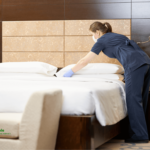In the world of cleaning, where the battle against dirt and grime is never-ending, two champions emerge: Pressure Cleaning and Traditional Methods. In the sunny landscapes of Australia, where the elements can be as harsh as the stains they leave behind, choosing the right cleaning method is crucial. Let’s delve into the ins and outs of these methods, weighing their pros and cons, to determine which reigns supreme in the art of cleanliness.
Understanding Pressure Cleaning: A Power-Packed Contender
Pressure cleaning, often hailed as the modern-day warrior against stubborn stains, employs high-pressure water spray. This method is a favourite for tackling large, outdoor areas and surfaces that have succumbed to the toughest of stains.
What Makes Pressure Cleaning Stand Out?
- Rapid Results and Efficiency: Pressure cleaning is akin to a whirlwind, swiftly removing dirt, algae, and even graffiti.
- Reduced Water Usage: Despite its strength, it’s surprisingly more water-efficient than traditional methods.
- Chemical-Free Options: Often, the need for harsh chemicals is diminished, making it a friendlier choice for our environment.
Traditional Cleaning Methods: The Time-Honoured Warriors
Traditional cleaning, the method as old as time, involves manual scrubbing, the use of garden hoses, and a reliance on cleaning agents. It’s a method steeped in tradition and precision.
The Endearing Qualities of Traditional Cleaning
- Gentleness on Delicate Surfaces: It’s less abrasive, which is perfect for sensitive surfaces.
- Detailed Cleaning: Traditional methods allow for more control, crucial for cleaning intricate areas.
The Showdown: Pressure Cleaning vs. Traditional Methods
When it’s time to clean, choosing between pressure cleaning and traditional methods can be as tricky as choosing a favourite footy team. Let’s compare them on various fronts.
- Efficiency and Time-Saving: Pressure cleaning is the undisputed champion in speed and efficiency.
- Effectiveness Against Stubborn Stains: For the hard-to-remove stains, pressure cleaning is your best bet.
- Water Usage: Pressure cleaning is more water-efficient.
- Environmental Considerations: Pressure cleaning can reduce the need for chemicals.
- Cost Implications: The initial investment in pressure cleaning equipment might be higher, but its efficiency can lead to long-term savings.
- Suitability for Different Surfaces: Traditional methods are the go-to for delicate surfaces where pressure cleaning might be too harsh.
The Final Verdict: Which Cleans Better?
The answer is not black and white. For extensive, outdoor, or heavily soiled areas, pressure cleaning is the top choice. For delicate or intricate jobs, traditional methods still hold their ground.
Safety First: Navigating the Risks
Regardless of the method, safety is paramount. Protective gear is essential, and caution is advised, especially when handling pressure washers, which can be as potent as they are effective.
Optimal Frequency of Pressure Cleaning for Commercial Properties
In Australia, commercial properties should consider pressure cleaning every six months to a year. This frequency ensures the property remains visually appealing and safe from the perils of accumulated dirt and grime.
In conclusion, the choice between pressure cleaning and traditional methods depends on the task at hand. Each has its place in the cleaning arsenal, and the best choice is one that aligns with the specific cleaning needs, ensuring properties across Australia continue to shine in all their glory.






